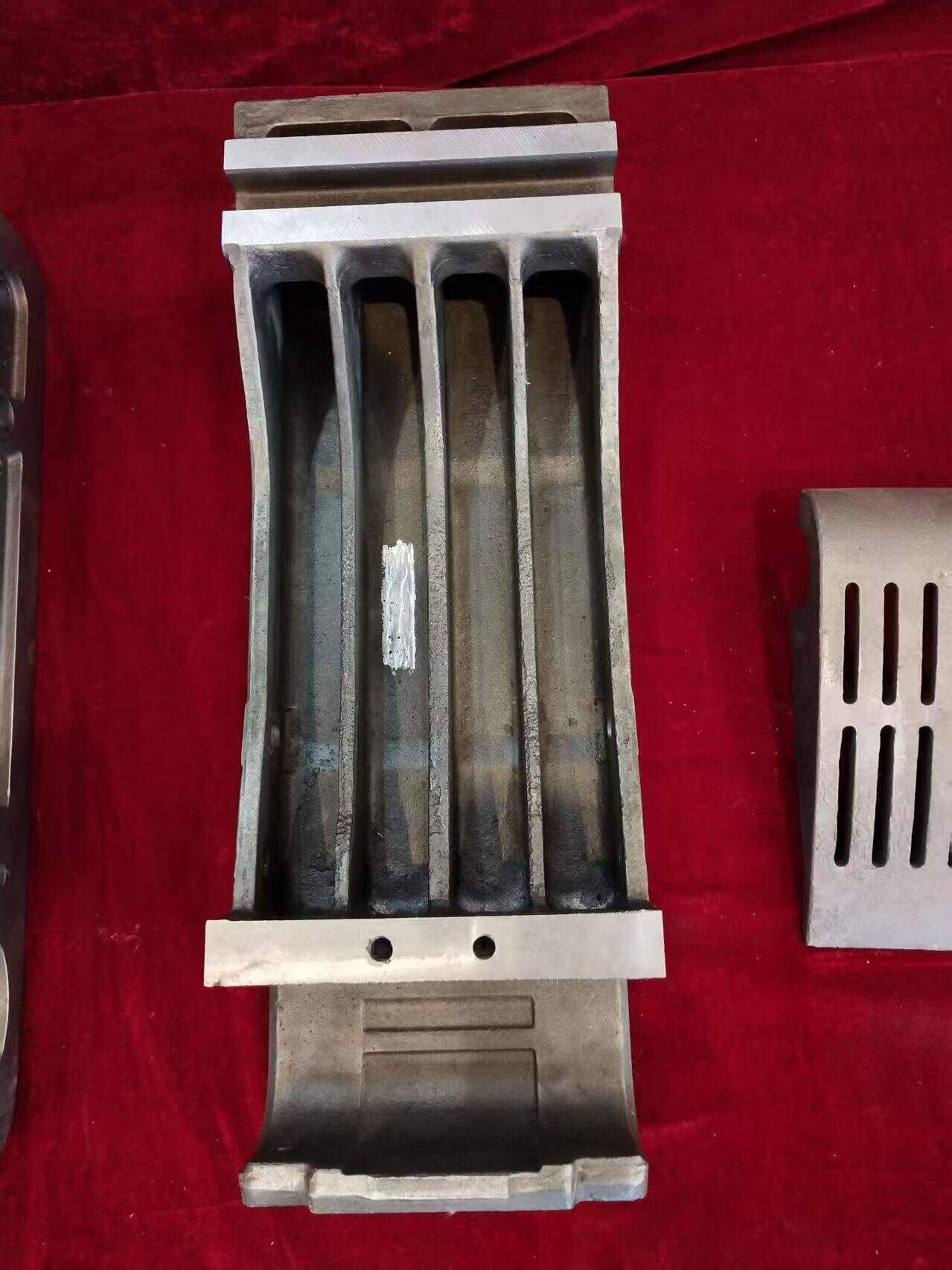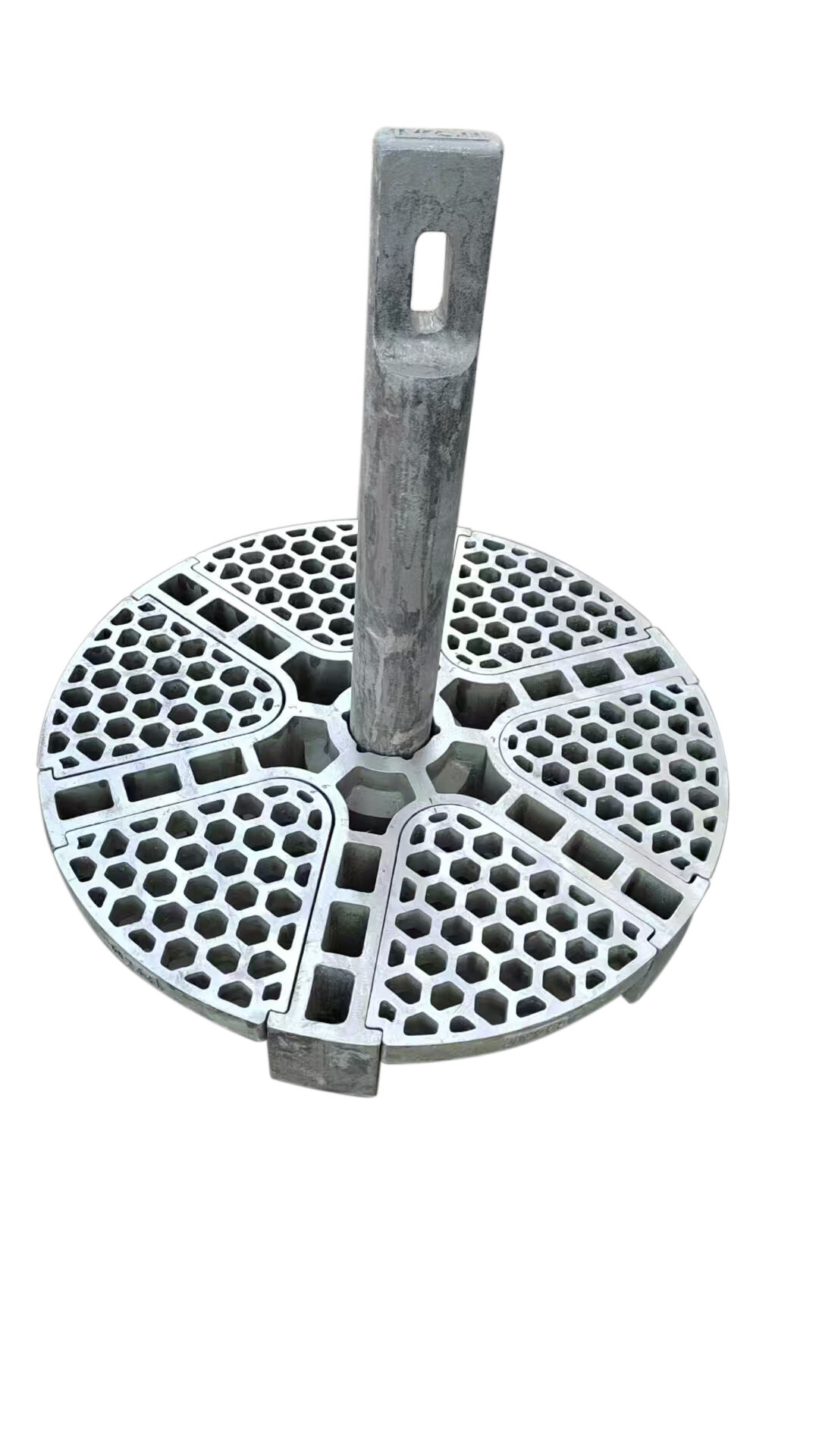cast iron and cast steel
Cast iron and cast steel represent two fundamental materials in modern manufacturing and construction. Cast iron, characterized by its high carbon content (typically 2-4%), offers excellent castability, wear resistance, and compressive strength. This material features unique graphite formations that provide natural lubrication and vibration dampening properties. Cast steel, containing less carbon (usually below 2%), combines superior strength, ductility, and weldability. The manufacturing process involves melting the base metals, adding necessary alloying elements, and pouring the molten material into molds. Cast iron excels in applications requiring thermal stability and wear resistance, such as engine blocks, brake rotors, and industrial machinery components. Cast steel finds extensive use in high-stress applications, including construction equipment, railway components, and heavy machinery parts. Both materials offer cost-effective solutions for complex geometries through the casting process, though they serve different engineering requirements based on their distinct mechanical properties.

